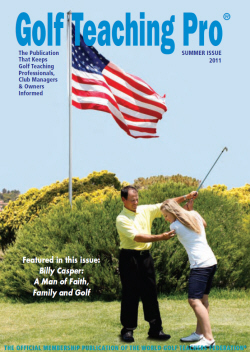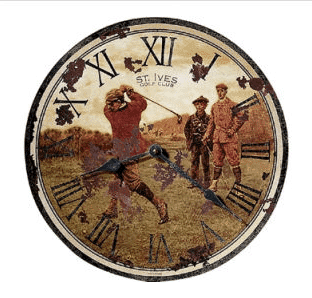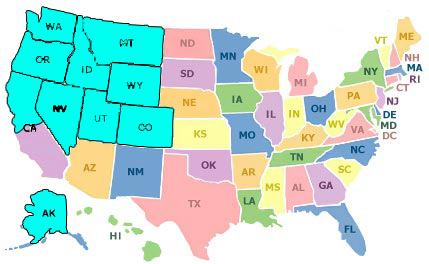If 12 holes becomes the new 18, then it’s time to bifurcate the rules
For centuries golf has insisted that playing by the rules is absolute, labeling anyone that doesn’t as slackers or cheaters. Someone, who should be drummed out of the game. Well in tournament play, absolutely. But less than 2% of golfers play for a living or in serious events. Why not let everyone else have fun? Golf has spent to much time catering to the small percentage of good players. In present times, that will be a dead end road. It is time to start paying attention to today’s society. We have raised a generation of people who want instant gratification. Most no longer have the patience required for becoming good golfers. I wish this was not the case, but the reality is we need a rule book that says, for tournament play, follow these 34 regulations. For recreation, play any way you want.






